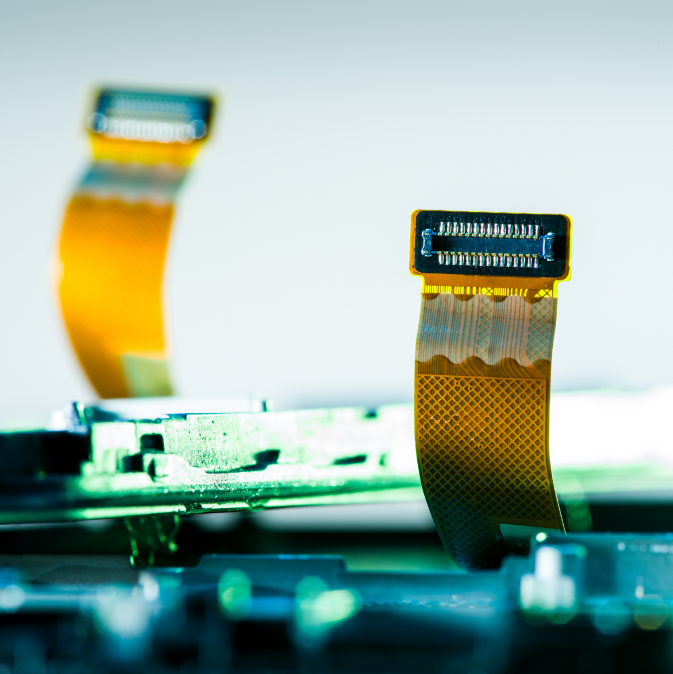In the ever-evolving world of electronics, innovation is the key to stay ahead of the technology. Manufacturers are constantly seeking innovative ways to improve the production of their products, as the demand for smaller, flexible and high-performance electronic components. Manufacturing using flex circuits is among of the most innovative technologies that has received significant attention.
They are also known as flexible printed circuit board (PCBs) and have many advantages over rigid PCBs. These circuits are extremely versatile that can stretch, bend and adapt to different forms. This makes them ideal for applications which require intricate designs or spaces and enhanced durability.

Flex circuits enable manufacturers to expand the boundaries of design with an adjustable foundation that can be adapted to the shape of the product. This flexibility allows for more inventive and compact designs, eventually creating lighter and smaller devices. Imagine a smartphone that seamlessly forms around your wrist. A wearable health monitor that is discreetly placed around the wrist. Even a smart appliance with a seamless and ergonomic design. Flex circuits allow designers and engineers to translate their ideas into reality, unlocking the possibilities of a whole new world for the development of products.
Flex circuits are durable and provide more aesthetic benefits. PCBs that are made of rigid materials can be damaged due to shock, vibration and repeated bent. Flex circuits, however, have materials that are immune to these kinds of conditions and are therefore extremely reliable. This is essential in industries like automotive and aerospace, or medical, which require electronic components that can withstand the most extreme environments.
The techniques used in manufacturing flex circuits add to their impressive capabilities. Flexible circuits, in contrast to rigid PCBs, are made out of a flexible substrate, such as polyester or polyimide. The substrate acts as the foundation for the circuit which allows it to bend and twist while still ensuring electrical connectivity. Flexible circuit makers are able to precisely cut circuit trace, integrate complex interconnects and attach components into the flexible substrate through the use of the latest manufacturing techniques.
Surface mount technology (SMT) allows components to be placed directly on the flexible circuit. This allows for greater flexibility and functionality. SMT allows manufacturers to mount electronic components on top of flex circuits. The bulky connectors are eliminated and the overall size reduces. This method of operation not only reduces the size of the device, but also enhances signal quality, decreases the weight and helps in regulating thermal efficiency.
Furthermore flexible circuit manufacturing techniques permit efficient prototyping as well as scaling production. Flexible circuit designs enable rapid prototyping phase, which can speed up the development process of a product. Additionally, as they can be made in large quantities by automated manufacturing techniques, they provide cost-effective solutions for high-volume production. This makes flex circuits the ideal option for businesses seeking to get their innovative ideas on the market swiftly. For more information, click flex circuit manufacturer
Since the need for flexible electronics continues to increase the need for trustworthy flex circuit makers becomes vital. Collaboration with experienced and reliable manufacturers is vital to ensure quality accuracy, precision, and reliability of production of flex circuits. These companies have the knowledge to assist clients throughout the manufacturing and design process they can provide valuable insight into material selection, and ensure the compliance of industry standards.
Ultimately, flex circuits are invaluable components for achieving the highest level of complexity in modern electronic assemblies. Flex circuits play an important function in the design of intricate electronic systems. From consumer electronic equipment to military, they can be used in many different applications. Flexible substrates, which can traverse small areas with ease, enable engineers to create complex designs and still fit into the space of the assembly. Although there are other ways to run circuits, they do not match the mechanical and electrical characteristics of flex assemblies in order to meet the strict requirements for size. For complex interconnections that blend multiple technologies into one expertly crafted package, designing with flexible circuits is far and far the most effective choice.